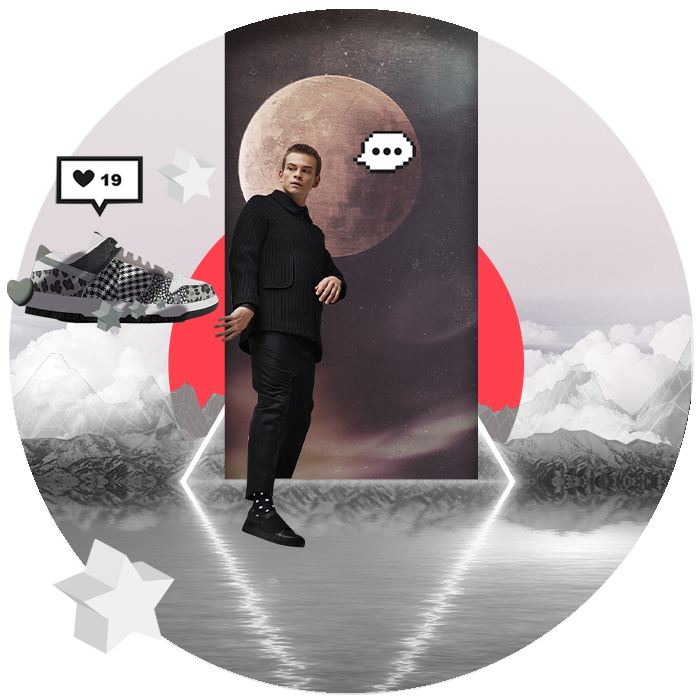Currently, the majority of the population doesn’t own NFTs. NFTs became popular through specific digital art and currency uses, which haven’t yet translated to broader applications. Most people aren’t paying for goods and services with Bitcoin or Ethereum either, and they haven’t purchased tokenized collectibles. Only 14% of U.S. consumers ages 18-34 own NFTs, and the percentage lowers to 7% for the general population, according to Publicis Sapient research.
While retailers should still prepare to accept cryptocurrency for purchases and develop digital tokens for physical products, NFTs will become much more useful in loyalty programs and inventory management. In fact, ¼ of consumers in the same study believe that brands will soon embed loyalty points and rewards within NFTs.
“Consumers and brands have realized that NFTs need to offer some type of value proposition. What are customers currently engaging with that could be improved with Web3?” Dalal said.
Loyalty programs are a major effort carried out by most retailers. Loyalty points exist as a debt— as owed products or services to customers. Currently, tracking and securely validating loyalty points and rewards across e-commerce and physical stores in real time can be quite difficult.
This is a space where blockchain technology would be especially helpful, and many retailers are starting to jump in. Starbucks, for example, has one of the world’s largest and most successful loyalty programs. The chain recently announced its foray into NFTs through its loyalty programs, where members will be able to redeem NFTs for special products and experiences.
However, it’s important to note that using NFTs to build out a loyalty program can’t solve every problem.
“If your loyalty program is not delivering A+ results, what will change with Web3 technology that will deliver A+ results? And is that underpinned by a proper strategy and utility?” Dalal said.
NFTs are also gaining traction in inventory management. With NFTs, retailers can code all physical products as digital twins in Web 3.0, tying online inventory with warehouse inventory and cross-store inventory to see where physical products are at all times.
Before diving in, retailers should carefully consider which blockchain technology to use. Because Web 3.0 technology is still in its early days, it’s possible certain companies will develop faster and end up dominating others. Brands should test multiple blockchains by setting objectives and testing performance before choosing a blockchain and fully investing in it.



 Close
Close